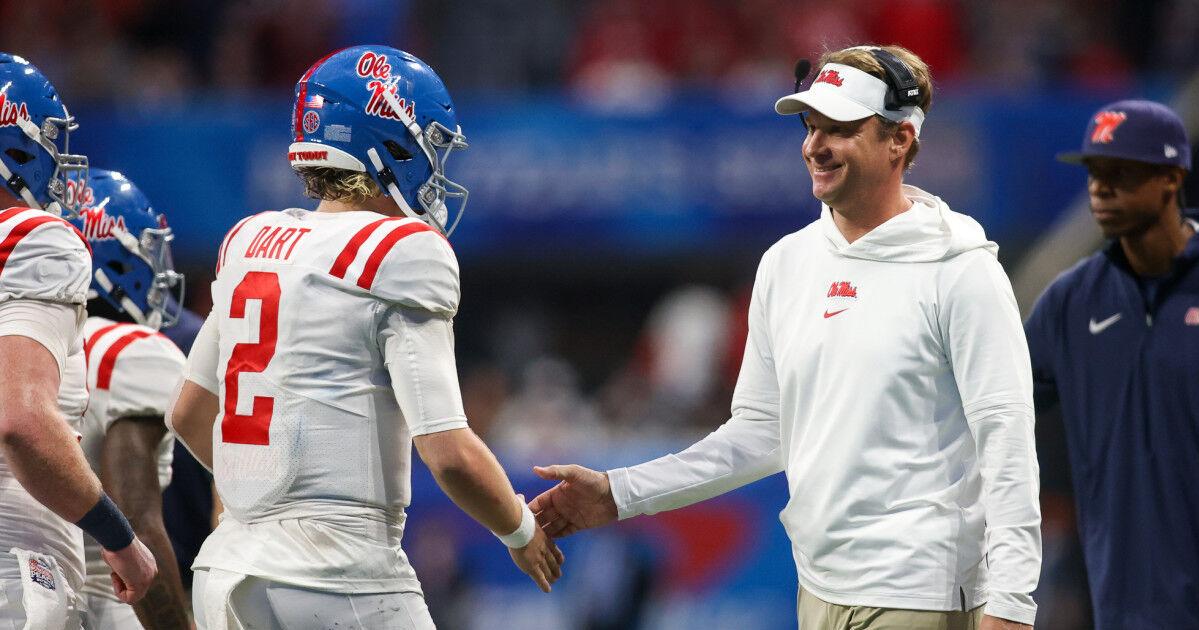Again, Kiffin nor Ole Miss are the first, the 10th or the 100th to pull that kind of stunt. Even hallowed Notre Dame was busted for it in 1953 when tackle Frank Varrichione hit the deck to stop the clock and prevent a loss to Iowa (they were dubbed “The Fainting Irish.”) But enough got to be enough.
SEC Commissioner Greg Sankey sent a memo to all of his coaches last season telling them in no uncertain terms to cut out the foolishness. “Creating injury timeouts in these circumstances is not acceptable and is disrespectful to the game of college football,” he wrote. “Play football and stop the feigned injury nonsense.”
He also announced a series of punishments, ranging from public reprimands accompanied by stiff fines to a one-game suspension upon third offense, for coaches, staffers and perhaps players, if they were found guilty. Kiffin responded that he was glad for it.
“That sounds weird, coming from me,” he admitted. “We’re a tempo offense. Faking injuries hurts us more than anybody, along with Tennessee, in America. It happens to us more than anybody. It may surprise you, but I was really happy with that.”
The NCAA followed suit. Its main rule change during the offseason was to state that if a player presents as injured after the official spots the ball, the player’s team is charged a timeout. If the team has no timeouts, it’s a 5-yard penalty.
“That’s good, I guess. I don’t think we’ll have a problem with it,” said linebacker T.J. Dottery, who began his career at Clemson before transferring to Ole Miss. “It’s good that they did that.”
Other coaches chimed in the change as well. South Carolina’s Shane Beamer seethed about it last year following a 27-3 peep of a defeat to Ole Miss at Williams-Brice Stadium, saying, “It’s fascinating to me how many injuries occur for them after the opposing offense makes a first down or a big play. The timing of some of the injuries, it is a really bad look for college football, and it is not what this game is about if what it looks like is accurate.”
